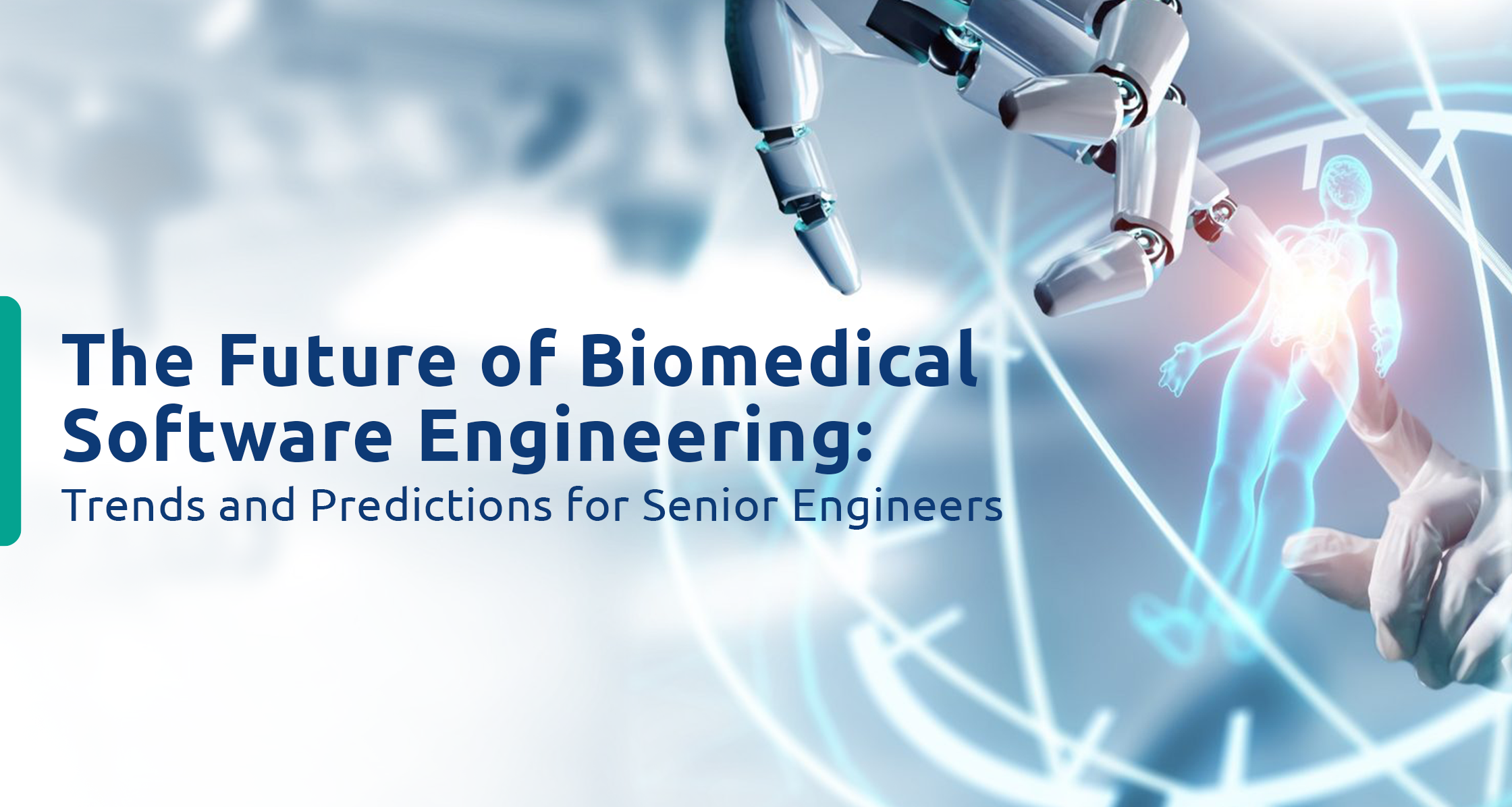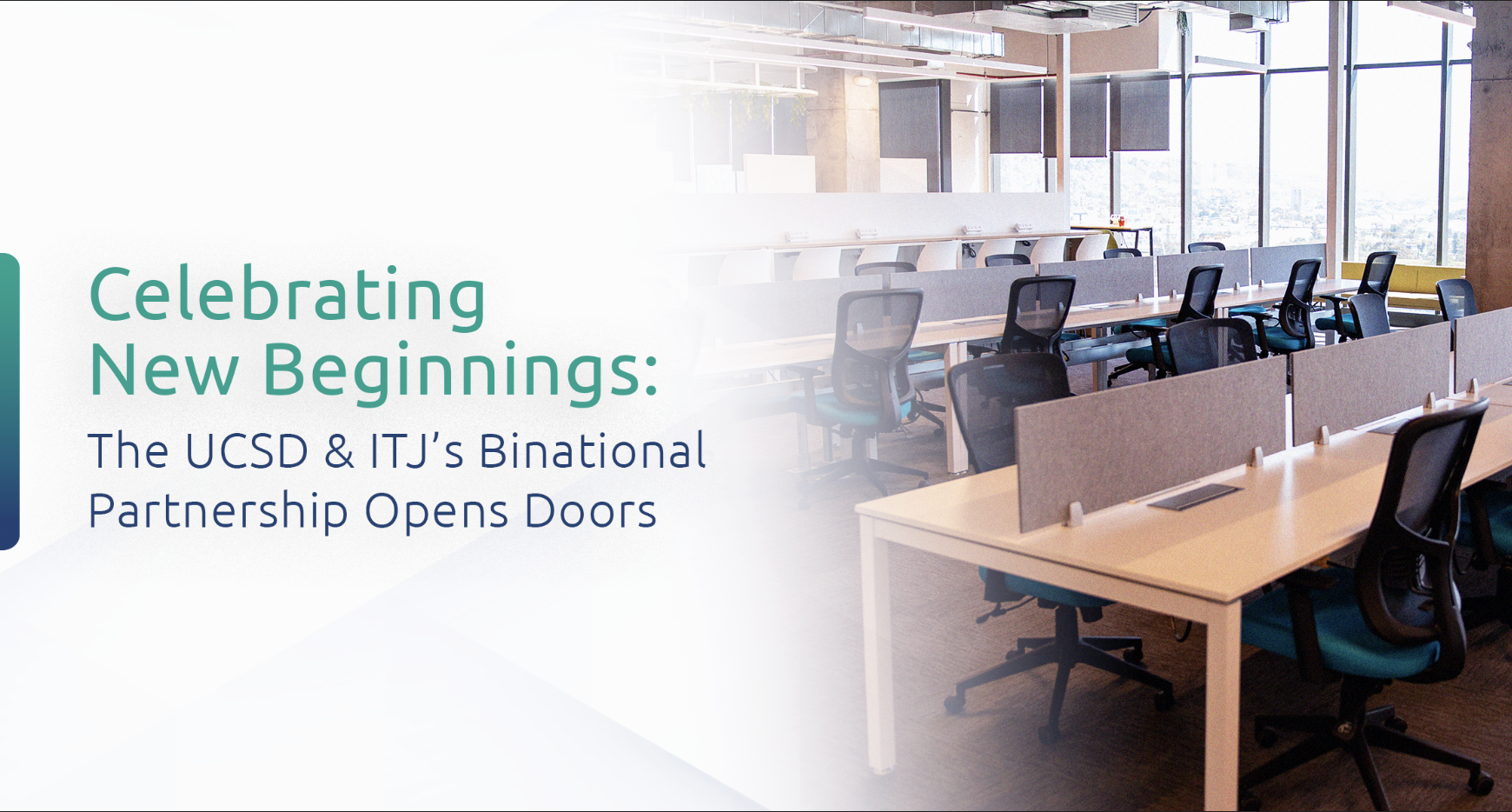The field of biomedical software engineering has experienced remarkable growth and innovation in the last years. With the increasing integration of software into the healthcare industry, senior software engineers in the biomedical field are poised to play a crucial role in shaping the future of healthcare. In this blog post, we will explore the latest trends and make predictions for the future of biomedical software engineering, focusing on the implications for senior engineers.
Current Biomedical Industry Landscape
The field of biomedical software engineering operates within a thriving and rapidly evolving industry. Recent statistics highlight the immense growth and potential of this sector. Certainly, the global healthcare IT market, encompassing various aspects of biomedical software engineering, is projected to reach a staggering value of $974.5 billion by 2027. This growth is expected to occur at an impressive compound annual growth rate (CAGR) of 19.8% in the upcoming years.
This exponential growth is driven by factors such as the increasing demand for electronic health records (EHRs), AI, telemedicine solutions, and data analytics in healthcare settings.
Trend 1: Artificial Intelligence (AI) and Machine Learning (ML) in Healthcare
As AI and ML technologies continue to advance, their integration into biomedical software engineering is becoming increasingly prevalent. Therefore, senior software engineers in this field should familiarize themselves with AI algorithms, deep learning techniques, and data analysis frameworks.
AI and ML can be leveraged to develop intelligent diagnostic systems, predict disease outcomes, and improve patient care through personalized treatment plans. Senior engineers who can harness the power of AI and ML will be at the forefront of innovation in healthcare.
Trend 2: Internet of Medical Things (IoMT) and Wearable Devices
The IoMT, a network of interconnected medical devices and applications, is revolutionizing healthcare delivery. From wearable fitness trackers to implantable devices, the IoMT enables continuous monitoring of patient health, real-time data collection, and remote patient management.
Senior software engineers need to stay updated on the latest IoMT standards, security protocols, and interoperability frameworks. They will play a pivotal role in developing robust and secure software solutions that seamlessly integrate with a wide range of medical devices.
Trend 3: Big Data and Analytics in Healthcare
The healthcare industry generates massive amounts of data, including patient records, medical images, and genomic information. Unlocking the insights hidden within this data requires advanced analytics capabilities. Accordingly, senior software engineers need to acquire expertise in big data processing frameworks, data mining techniques, and scalable database management systems. They can contribute to the development of powerful analytics platforms that facilitate evidence-based decision-making, population health management, and drug discovery.
Trend 4: Cybersecurity and Privacy
As the digitization of healthcare increases, so does the need for robust cybersecurity measures to protect sensitive patient data. Senior software engineers must prioritize security and privacy considerations when developing biomedical software solutions. They should be well-versed in encryption protocols, secure authentication methods, and vulnerability assessments. By implementing robust security practices, senior engineers can safeguard patient information and maintain the trust of both healthcare providers and patients.
Trend 5: Regulatory Compliance and Quality Assurance
The field of biomedical software engineering is subject to rigorous regulatory standards to ensure patient safety and product effectiveness. Senior engineers should have a comprehensive understanding of regulatory frameworks, such as the U.S. Food and Drug Administration (FDA) guidelines for medical devices and software. They need to collaborate closely with regulatory experts to navigate the complex landscape of compliance requirements. Furthermore, senior engineers should focus on implementing effective quality assurance processes to meet regulatory standards and deliver high-quality software products.
The future of biomedical software engineering holds immense opportunities for senior engineers. By embracing emerging technologies, such as AI and ML, leveraging the potential of the IoMT, harnessing the power of big data analytics, prioritizing cybersecurity, and adhering to regulatory compliance, senior software engineers are able to shape the future of healthcare.
As the industry continues to evolve, it is crucial for senior engineers to stay updated, adapt to new trends, and continuously enhance their skills. By doing so, they can contribute to improving patient care, driving innovation, and transforming the landscape of healthcare through the power of software engineering.
Are you ready to take on the challenge? Explore our job openings and start sticking to the future software engineering trends in the biomedical industry.
About ITJ
ITJ is devoted to serving fast-growing and high-value market sectors, particularly the Internet of Medical Things (IoMT), working with innovative medical device companies looking to improve people’s lives. With a unique BOT (build, operate, and transfer) model that sources only the best digital talent available, ITJ enables companies in the US to create technology centers of excellence in Mexico and LatAm. For more information, visit www.itj.com.


